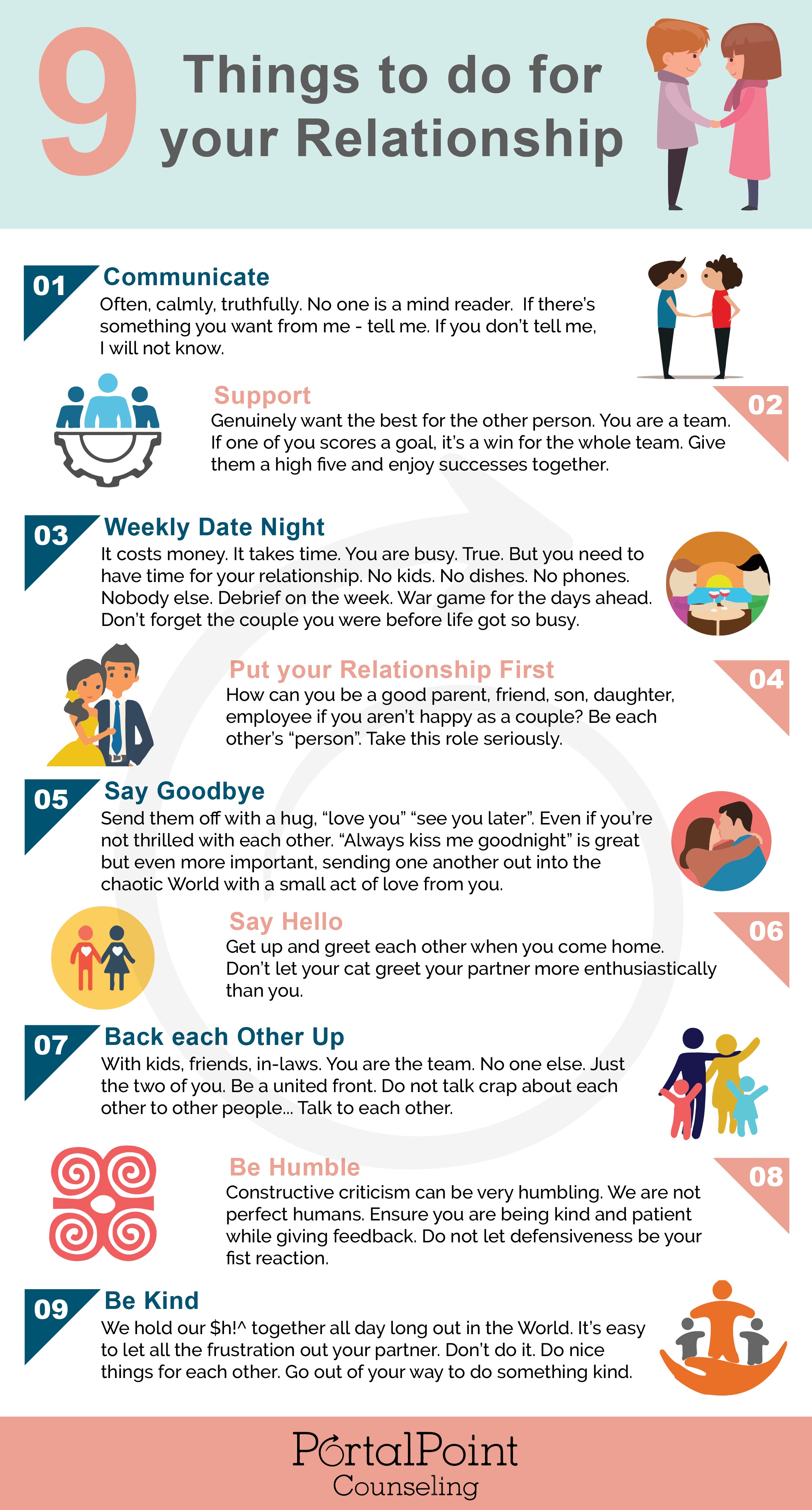Aim Point Counseling Fundamentals Explained
Table of ContentsThe Best Strategy To Use For Aim Point CounselingThe Facts About Aim Point Counseling RevealedAbout Aim Point CounselingExamine This Report about Aim Point CounselingAim Point Counseling Can Be Fun For AnyoneNot known Facts About Aim Point Counseling
The longitudinal style includes a pre-treatment study and 2 follow-up studies at 3- and 12-months post-intervention. The research study is established in 8 Relationships Australia Victoria centres, throughout city, outer suburbs, and regional/rural sites. Relationships Australia, a non-government organisation, is the biggest provider of pair coaching and partnership solutions in Australia.
These high rates of connection breakdown have actually been regularly connected with unfavorable health repercussions for both adults and children following divorce/separation.
Aim Point Counseling Things To Know Before You Buy
The impacts of divorce and splitting up can be detrimental, study indicates that high partnership discord in undamaged couples is also likely to have unfavorable outcomes.
Research to date has actually identified both couple and individual aspects that might add to partnership dissonance. These consist of partnership satisfaction and commitment at the couple level, and anxiety at the specific degree.
Get This Report about Aim Point Counseling
While a lot of researches suggest improvements in partnership fulfillment following pair therapy, they are limited by the samples and actions utilized, largely temporary follow-up time frameworks, and analyses that do not account for the dyadic nature of couple information - marriage counseling. Partnership dedication, based upon procedures such as the Commitment Supply (CI) [19], is another commonly checked out relationship result.
To sum up, research indicates that couple-specific variables in addition to private variables might forecast the end results of pair therapy and connection solutions. The causal direction of these relationships, nevertheless, is much less clear. These observations are essential, given that, to justify and direct the application of connection services such as couple therapy, empirical proof must discover both the outcomes of relationship solutions and the variables that forecast effective therapy.
There is an expanding consensus that efficacy studies ought to be enhanced by effectiveness research study to best inform clinical method [ 29] The limited performance research that exists to date recommends that couple coaching can boost outcomes such as partnership contentment [33,43], interaction skills and basic wellness [44], a minimum of in some European nations.

We presently recognize little regarding the accounts of couples that choose connection education compared to those who seek connection therapy, or the outcomes of these programs. Unscientific evidence recommends that there may be significant distress amongst at least some couples seeking partnership education and learning. Partnership education and learning programs differ from couple therapy as they are typically very structured, carried out in teams, and concentrate on a combination of four components; awareness, responses, cognitive change, and abilities training [45]
Not known Factual Statements About Aim Point Counseling
Responses entails participants finishing surveys regarding their connection (e.g. measures of social issues), and getting information on what their ratings show. Cognitive-behavioural approaches advertise transforming cognitions to assist in positive partnerships. These might consist of promoting reasonable attributions/expectations around adverse partner behaviour [46] Lastly, in abilities training, couples attend talks or presentations on relationship abilities, and practice these throughout facilitator-led tasks [ 45]
These meta-analyses highlight limitations in the current literature on connection education. This sample account might not represent clients that commonly present for partnership education and learning.
The Definitive Guide for Aim Point Counseling

Very little research has actually checked out the comparative benefits of couple therapy and relationship education programs. As clients are likely to self-select right into these solution kinds, it is not clear whether characteristic relationship distress profiles present to every service kind, or undoubtedly whether there is a communication in between offering profile, service kind and outcome.
(https://anyflip.com/homepage/vwzsc#About)
Thus, we have actually consisted of a 12-month follow-up to determine longer-term fads and results.
We suggest to utilise multi-level analytical modelling procedures that manage for the inter-dependence of couple information to assess any type of therapy impacts. The certain objectives of the ECC study are to: 1. Map profiles of customers looking for neighborhood agency-based couple therapy vs. partnership improvement programs in regards to socio-demographic and connection indicators (such as connection complete satisfaction, relationship dedication, interpersonal troubles, and factors for going to), in addition to health and wellness (such as clinical my website depression, basic wellbeing) and health and wellness solution use (eg.
2. Identify whether couple therapy and partnership education solutions boost three- and twelve-month end results for partnership contentment, commitment, and clinical depression, utilizing analytical evaluations appropriate to combine information. 3. Determine the loved one payments of client elements (specific and couple) and therapy/education factors to outcomes at 3- and 12-months, and to sustainability of results over time.
The Definitive Guide to Aim Point Counseling
Multi-level modelling to identify pre-post distinctions, controlling for dyadic (couple) degree. To contribute to the literary works analyzing the performance of community-based pair therapy. The outcomes will assist clinical decision-making in community-based connection solution setups, and specialist training. 3. To determine the loved one payments of client/couple and treatment aspects to results at 3- and 12-months, and to sustainability of outcomes with time.